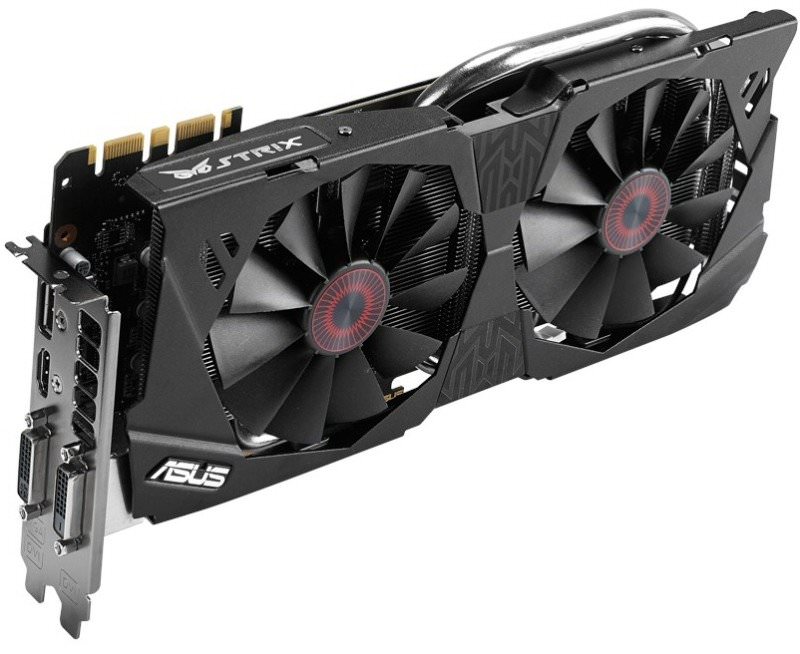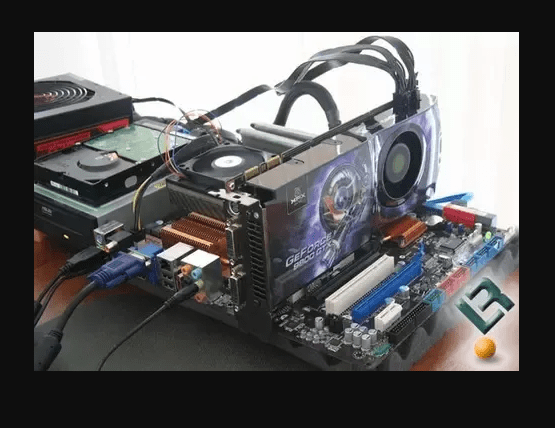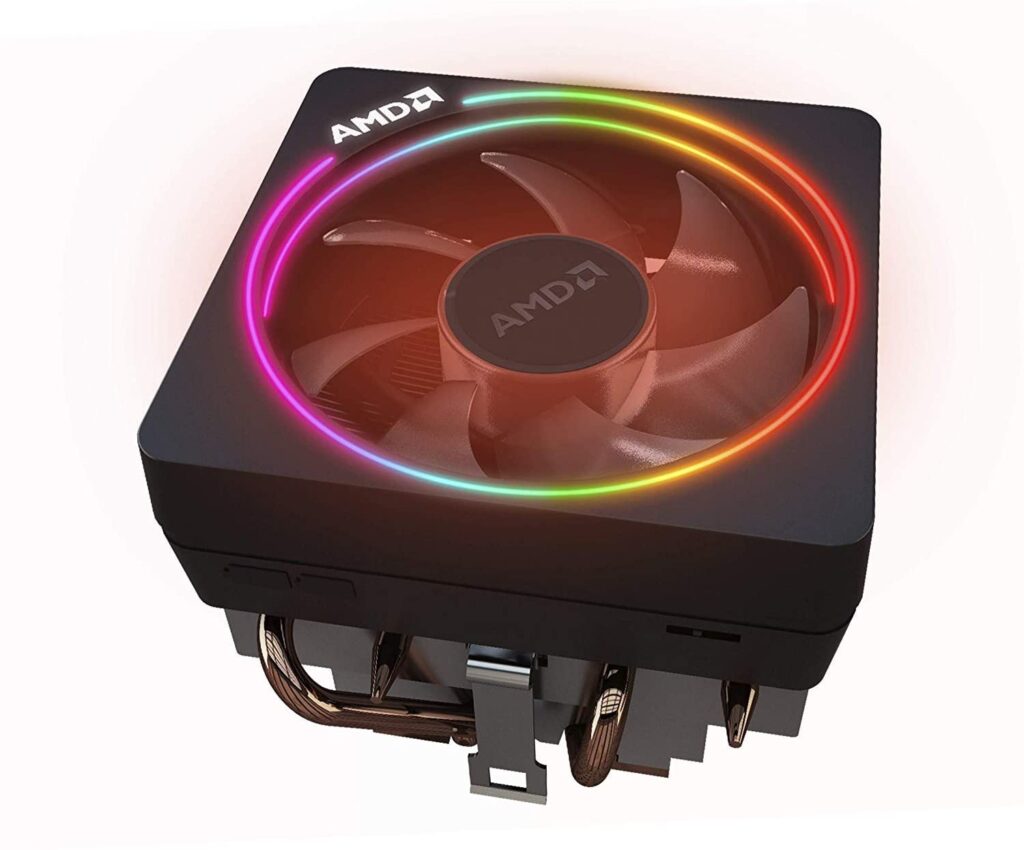We are going to explain the differences between dedicated graphics cards and shared graphics cards, which can also be called integrated. All computers and mobiles usually have shared graphics cards, but in some desktop computers and laptops dedicated to gaming, you will also find dedicated graphics cards.
We will try to make this article as easy to understand as possible since more technical definitions were made in the article dedicated to graphics cards in general. But we will start by explaining simply what graphics cards are, and then go on to explain the differences between the two types you can find.
What is Graphics Cards?

Graphics cards are a component that can be integrated into the motherboard of a computer or can be installed separately to expand their capabilities. It is a card dedicated to processing data related to the video and images you are viewing on your computer or mobile device.
Everything you see on the monitor or screen of your computer or device, from the operating system interface to the games or applications you open, are images that must be processed by the device. Graphics cards receive data from the processor and transform it into visual information, which means that it takes data that is ones and zeros and converts it into images.
The more demanding the processing of visual data can be in areas such as video games or editing videos or photos of large size and resolution, the more power a graphics card will need. Generally, for simple tasks, integrated or shared cards are sufficient, which are the same thing, but when demanding processing is required, a dedicated graphics card is usually necessary.
The most powerful graphics cards also usually include their integrated fans, since due to their demanding work they tend to get very hot, and the general temperature sinks inside a computer are usually not enough.
As for the operation, to simplify it, we could talk about two main functions. First, vertex processing is performed, which obtains the vertex information calculated by the CPU and processes their spatial arrangement, their rotation, and which segments of these will be graphically visible.
And then, it moves on to process what you’re going to see on the monitor. It is at this point where the power of the graphics is most important since it is the most complex and heavy process – where the necessary graphics layers and effects are applied to create the complex textures and realistic graphics that you will then see on the screen. And when this operation is finished, this information is sent to the monitor or screen for you to see the result.
Differences between Dedicated and Shared Graphics Cards
As we explained above, there are two types of graphics cards. Shared graphics cards, which can also be called integrated, are those that are included inside the processor itself. So, among the several chips that the processor of a computer or a smartphone or tablet has, there is one for image processing, a small graphics card.

And then you have the dedicated cards, which are so-called because they are components exclusively dedicated to the image processor. It’s not just a chip inside a card like a processor, but a whole card, a whole component that you integrate into the computer to be exclusively dedicated to image processing.
Dedicated graphics cards are usually very large, the more power they have the larger they are, and they have their fans. They are therefore separate components, whereas shared graphics are part of the CPU itself.
In cell phones, tablets, and many laptops there are usually only shared cards that are integrated directly as part of the processor. In some cases, there may be laptops specially prepared for gaming that do have some dedicated graphics, although they are not usually as powerful as those found in desktop computers.

Dedicated graphics cards can be found in computer towers and some laptops, as they are very large components. Laptops that have dedicated graphics are usually much thicker and heavier, while most towers usually have dedicated graphics.
Generally, all you should look for are references to Nvidia GeForce or AMD Radeon in the specifications, which are the two most popular brands of dedicated graphics, and when you go to a store to buy a computer, they are always listed so you can tell that the computer has a dedicated graphics card.
The difference in size affects power. Dedicated graphics cards are larger, have more chips, and therefore much more raw power to run demanding games or process large resolution images. Meanwhile, shared graphics cards cannot handle so much power, and if you play a particularly demanding game, the shared graphics card may not be able to handle it and you will not be able to run it or it will not run well even at good resolutions.
Many desktop computers usually have both, shared and dedicated graphics. When this happens, normal processing is done by the computer on the integrated graphics, while the dedicated one will jump and start working when the processor’s one falls short. This is done automatically by the computer, and you don’t have to worry about deciding which one to use.
As for mobiles and tablets, the games and applications you use on them are tailored. The graphics of the games have been evolving along with the power of the shared graphics of mobile processors, so if you have one of the latest models, you will be able to play them all. However, with a mid-range or low-end mobile, it is possible that its integrated graphics is not enough for some games, and they look bad or are slow.
Finally, you should know that all computers and devices are going to have shared graphics, as these are part of all processors. You simply cannot buy a computer without shared graphics inside the processor. What you can decide is whether or not to have dedicated graphics inside your computer, it all depends on its features, its price, and what you are going to do with it.
The price of dedicated graphics cards can reach over $1000 in the case of the most powerful ones on the market, while processors with shared graphics cards are usually around half the price. The more powerful the processor, the more you will be able to do with your shared graphics, and the same goes for dedicated graphics.
This post may contain affiliate links, which means that I may receive a commission if you make a purchase using these links. As an Amazon Associate, I earn from qualifying purchases.

